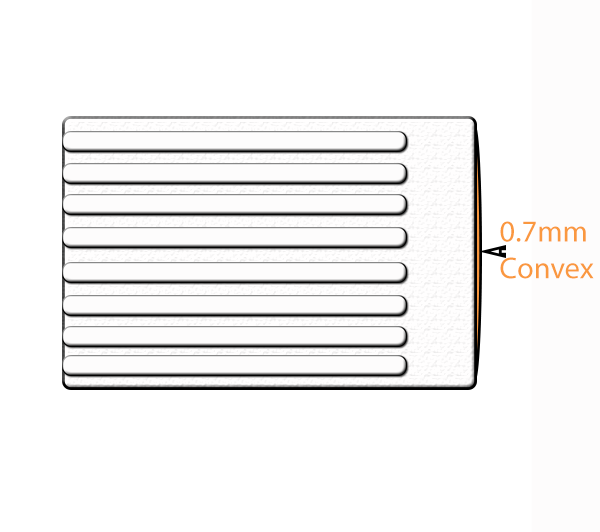What contact medium to use? That is the question

Shockwave oil (normally castor oil or equivalent)

Ultrasound/Shockwave gel (basically thick water)

Petroleum Jelly
The answer at first glance would seem to be simple. There is evidence that air bubbles in gel (either naturally occurring or caused by the gel cavitating under the head) affects the treatment given (Cleveland, Chitnis, and McClure, 2007). On that basis oil seems like the sensible choice! However, as with most things in life there are pros and cons of each medium.
Does gel with air bubbles in stop shockwave transmission?
Simply YES – as shown by Cleveland, Chitnis and McClure (2007)

As can be seen (if your good at maths) the shockwave has changed (done using a 12mm concave head at 3.0bar). A visible air bubble in the gel created a 10mm wave positively. You can see the initial peak wave is missing and the authors postulated it bounced off to one side then the resultant waves could simply be reverberance.
So should we abandon gel? Simply No. It works well in real life – seen in this video here:
It seems the waves from a shockwave machine can cause cavitation at high speeds – 15hz and above (Cleveland, Chitnis and McClure, 2007). Below these speeds it is unlikely you will create them.
What about the bubbles already in the gel? Well if you are using a convex head (most heads are convex 0.7mm)…

…then the shockwaves themselves will push any bubbles out to the edge of the treatment head which you will be able to see as emulsioning (the gel goes a very light blue/white colour at the edge of the treatment head). Putting a little bit of pressure on the head might help to move the bubbles to the edges.
The results of high pressure and high shock rate can be seen in the gel on this convex head. Here we can clearly see both accumulations of small bubbles (seen as white in this clear gel) and a large bubble where many small bubbles have accumulated (the gel was clear at the start of the treatment).

However, if you are using a concave head you might prefer to use oil as it will not cavitate or have any air trapped inside.
Which brings us to the machines that use a rubber coating on the head to protect from heat. The shock head itself is convex but the applied silicone rubber shield makes the end of the machine concave. Most of these machines come with oil not gel but it really is a pain to use (I have just seen a video where the therapist brushes the oil onto the skin)

These cups make the head concave not convex.
One good argument for not using gel is the pain from the cavitation. Put simply the gel cavitating will result in some bubbles hitting the skin and this leads to pain from the treatment. This is significant and noticeable.
In a situation where the gel is creating pain then oil seems to be a better option, however, oil is difficult to apply to the skin (without getting it all over your hands – and often onto the floor). Using a tissue to apply the oil can negate the application problems but oil does not ‘fill the gap’ between the head and the patient like gel does.
So then we get to petroleum Jelly which has both the positive properties of both mediums. However, it is expensive to use.
Although I am usually a sucker for the science, just from a practical stand point I still recommend gel. You should have no problems if you are moving the treatment head (you will pop the bubbles doing this anyway) but keep some oil for those bony heel spurs where you keep the head still and need all of the energy to go to one spot!